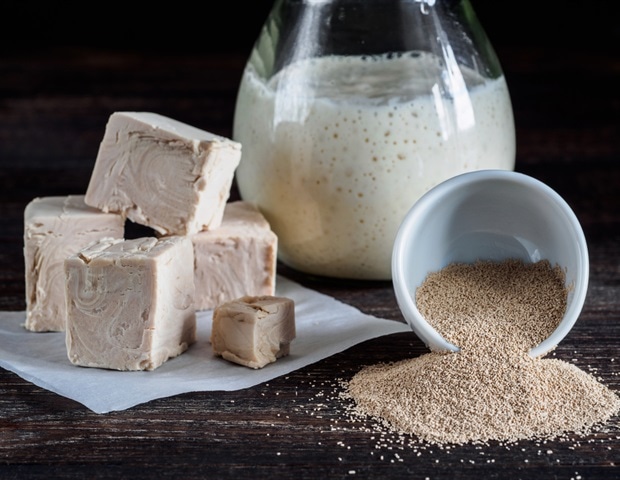The age-old question of whether or not size matters is typically directed at men. But although they might not talk about it, some women may worry about the size of their vagina and how it affects sexual pleasure, particularly after having a baby.
Not a lot of research has been done in this area. Because so many things affect women’s sexuality, it’s hard for researchers to know if vagina size and sexual pleasure are linked.
“Our ability to understand size as it relates to sexual function is poorly understood,” says Christopher Tarnay, MD, director of the division of female pelvic medicine and reconstructive surgery at the UCLA Medical Center.
The vagina is a very “elastic” organ, says Christine O’Connor, MD, director of adolescent gynecology and well women care at Mercy Medical Center in Baltimore.
It’s small enough to hold a tampon in place, but can expand enough to pass a baby through. This is because the walls of the vagina are similar to those of the stomach in that they have rugae, meaning they fold together to collapse when unused, then expand when necessary.
“It doesn’t stay one particular size,” O’Connor says. “It changes to accommodate whatever is going on at that time.”
The most commonly used measurements regarding the size of vaginas come from Masters and Johnson’s work from the 1960s. They looked at 100 women who had never been pregnant and found that vagina lengths, unstimulated, range from 2.75 inches to about 3¼ inches. When a woman is aroused, it increased to 4.25 inches to 4.75 inches. Regardless of how long the vagina is, the area that is thought to be important for most women’s sexual response is the outer one-third.
So how does length relate to sexual satisfaction? No one seems to know for sure.
Tarnay says the main issues women report is discomfort during sex. This typically happens if the vagina is too short or tight or if they have a prolapse. In prolapse, the uterus, bladder, or other organs fall out of place, typically after childbirth.
But in general, vaginal length “probably doesn’t matter,” Tarnay says. “There is such a wide range of normal. One can be completely assured that in the absence of prolapse, length has no impact on sexual satisfaction.”
What may make a difference, Tarnay says, is what he calls the genital hiatus — the vaginal opening. If there’s a problem, it typically happens after childbirth.
The vaginal opening likely changes only slightly after birth, Tarnay says. In 1996, doctors began using a measurement called the pelvic organ prolapse quantification system as a way of helping them see how well they were doing repairing that area after childbirth.
This was the first time there was a true before-and-after measurement, Tarnay says. Doctors have used the system to look at populations of women and found that there is a slight increase in the size of the opening after vaginal deliveries. The issue may be more related to muscular weakness or injury in that area, Tarnay says.
“Women who are able to contract the pelvic floor muscles can increase or decrease the size of the hiatus,” he says. “Increasing pelvic floor muscle tone can reduce looseness.”
Kegel exercises can be very effective at strengthening these muscles, Tamay says may generally improve sex.
A study published in the Australian & New Zealand Journal of Obstetrics and Gynaecology in 2008 found that women who regularly did Kegel exercises reported greater sexual satisfaction than women who didn’t do Kegels.
To find the muscles you use to do Kegels, you can either insert a finger into the vagina and squeeze the surrounding muscles or stop the flow when urinating. After you’ve found the muscles, practice contracting them for five to 10 seconds, and then relax. If you can’t hold for that long, work your way up. Repeat the process 10 to 20 times, three times a day. While doing these exercises, breathe normally and try not to use the muscles in your legs, stomach, or bottom.
Some women sustain nerve injury during birth and can’t feel these muscles. There are physical therapists who specialize in helping women learn how to do Kegels.
Worrying about vagina size and whether or not it changes over time is the wrong concern, O’Connor says. She notes that other things — like lubrication, arousal, and having and having a good relationship with your partner — have a much greater impact on sexual enjoyment for women.
A 2010 study published in the International Urogynecology Journal bears out her opinion. Researchers used medical records, an exam, and questionnaire of 500 gynecological patients aged 40 and older to see if there was a correlation between vaginal length and opening size and sexual satisfaction.
The researchers found that desire, arousal, orgasm, pain, and sexual satisfaction weren’t linked to vagina size.
“It is not an exact physical fit you are looking for in terms of sexual function,” O’Connor says. “It is more about the communication between the two partners and making sure both are getting what they need out of the experience and are comfortable.”














